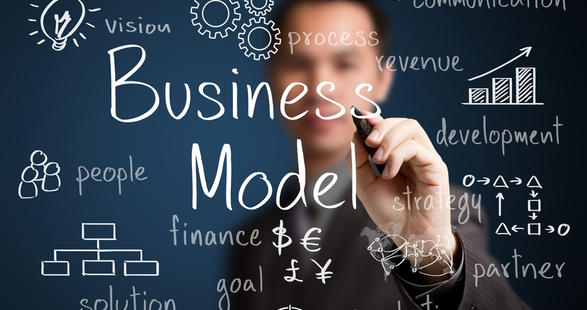1. Subscription Services:
-
Overview: Subscription-based business models involve customers paying a recurring fee for access to a product or service. This model has gained popularity in various industries, from entertainment to software.
-
Examples: Netflix for streaming content, Spotify for music, Amazon Prime for shipping and entertainment, and SaaS companies like Adobe Creative Cloud.
-
Advantages: Predictable and recurring revenue, enhanced customer loyalty, and opportunities for upselling and cross-selling additional products or features.
-
Challenges: High customer acquisition costs, the need to continuously deliver value to retain subscribers, and the risk of customer churn.
2. Sharing Economy:
-
Overview: The sharing economy connects individuals who have underutilized assets or services with those who need them. It promotes the sharing of resources, reducing waste and increasing efficiency.
-
Examples: Airbnb for accommodations, Uber and Lyft for transportation, and platforms like TaskRabbit for services.
-
Advantages: Access to a wide range of resources, cost savings for consumers, additional income for providers, and reduced environmental impact.
-
Challenges: Regulatory issues and concerns about safety and security, particularly in unregulated markets.
3. Freemium Models:
-
Overview: Freemium combines "free" and "premium" services. Companies offer a basic version of their product for free and provide additional, premium features or content for a fee.
-
Examples: Popular in the mobile app industry, with apps offering in-app purchases or premium versions. Dropbox offers free storage space with paid plans for more capacity.
-
Advantages: Attracts a large user base with a free offering, encourages user engagement, and provides opportunities for upselling premium features.
-
Challenges: Balancing the free and premium offerings to create value and convert free users into paying customers. Over-monetizing can alienate users.
4. Direct-to-Consumer (DTC):
-
Overview: DTC business models cut out intermediaries, allowing companies to sell directly to consumers. This model is prevalent in e-commerce and is often used by brands seeking to establish a direct relationship with their customers.
-
Examples: Companies like Warby Parker (eyewear), Dollar Shave Club (personal care), and Casper (mattresses).
-
Advantages: Greater control over the customer experience, access to customer data, and the ability to build brand loyalty.
-
Challenges: Requires a robust online presence and the ability to handle logistics, such as warehousing and shipping.
5. Platform as a Service (PaaS):
-
Overview: PaaS is a cloud computing model that provides a platform for businesses to develop, run, and manage applications without the complexity of infrastructure management.
-
Examples: Amazon Web Services (AWS), Microsoft Azure, Google Cloud Platform, and Salesforce.
-
Advantages: Reduced IT infrastructure costs, scalability, and the ability to focus on application development rather than infrastructure management.
-
Challenges: Learning curve for businesses new to cloud computing, potential vendor lock-in, and data security concerns.
6. Personalization and Data-Driven Models:
-
Overview: Some companies use data and algorithms to provide personalized experiences or product recommendations to customers, tailoring offerings to individual preferences.
-
Examples: Streaming services like Netflix and music platforms like Spotify use algorithms to suggest content based on user history.
-
Advantages: Enhanced user engagement, increased customer satisfaction, and higher conversion rates.
-
Challenges: Data privacy concerns and the need for robust data security practices to protect customer information.
Innovation in business models continues to drive economic growth and change the way companies connect with customers. Whether it's through subscriptions, sharing, freemium offerings, or data-driven personalization, these models provide new opportunities for businesses to thrive in an ever-evolving marketplace.




Comments (0)